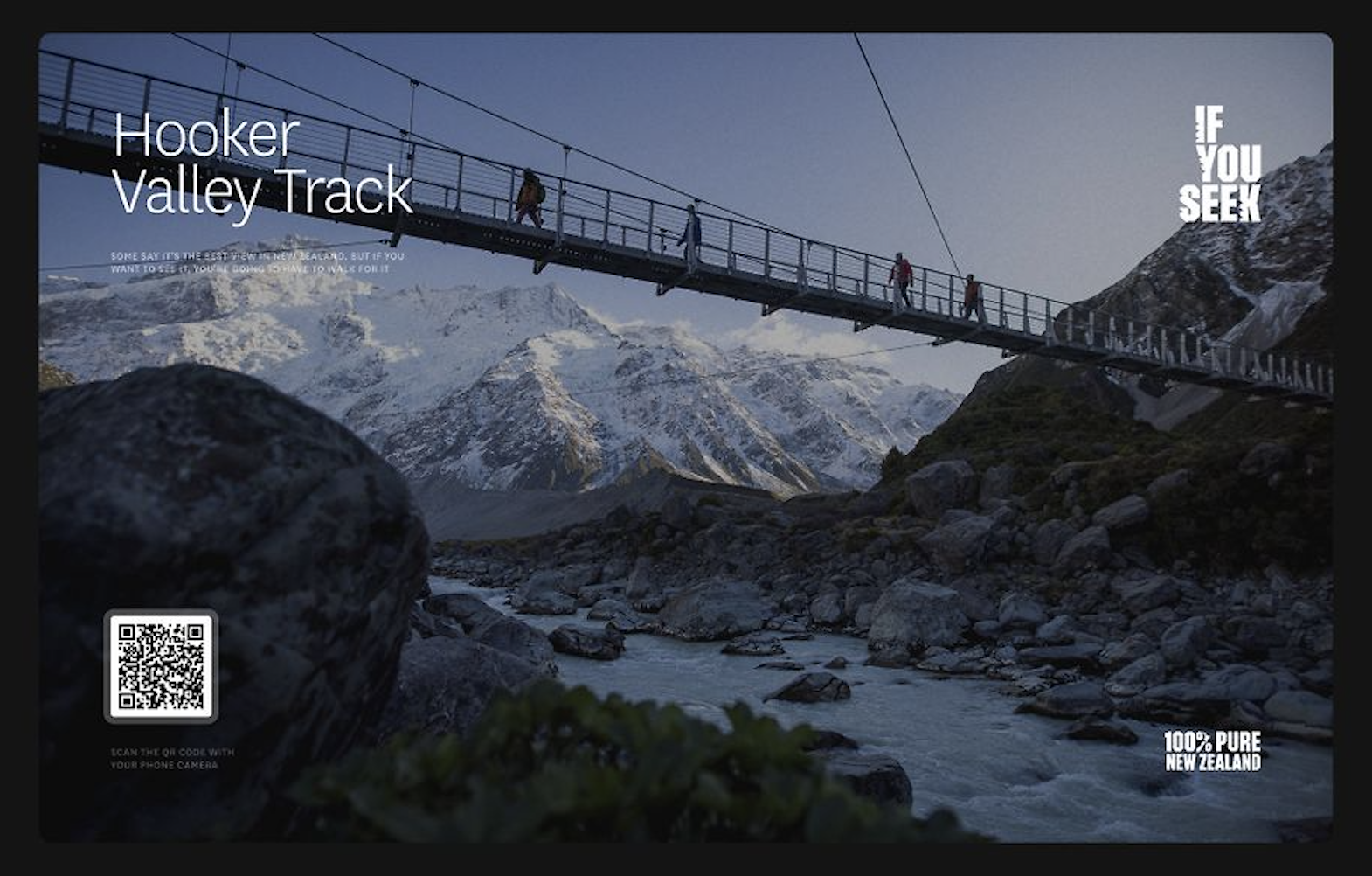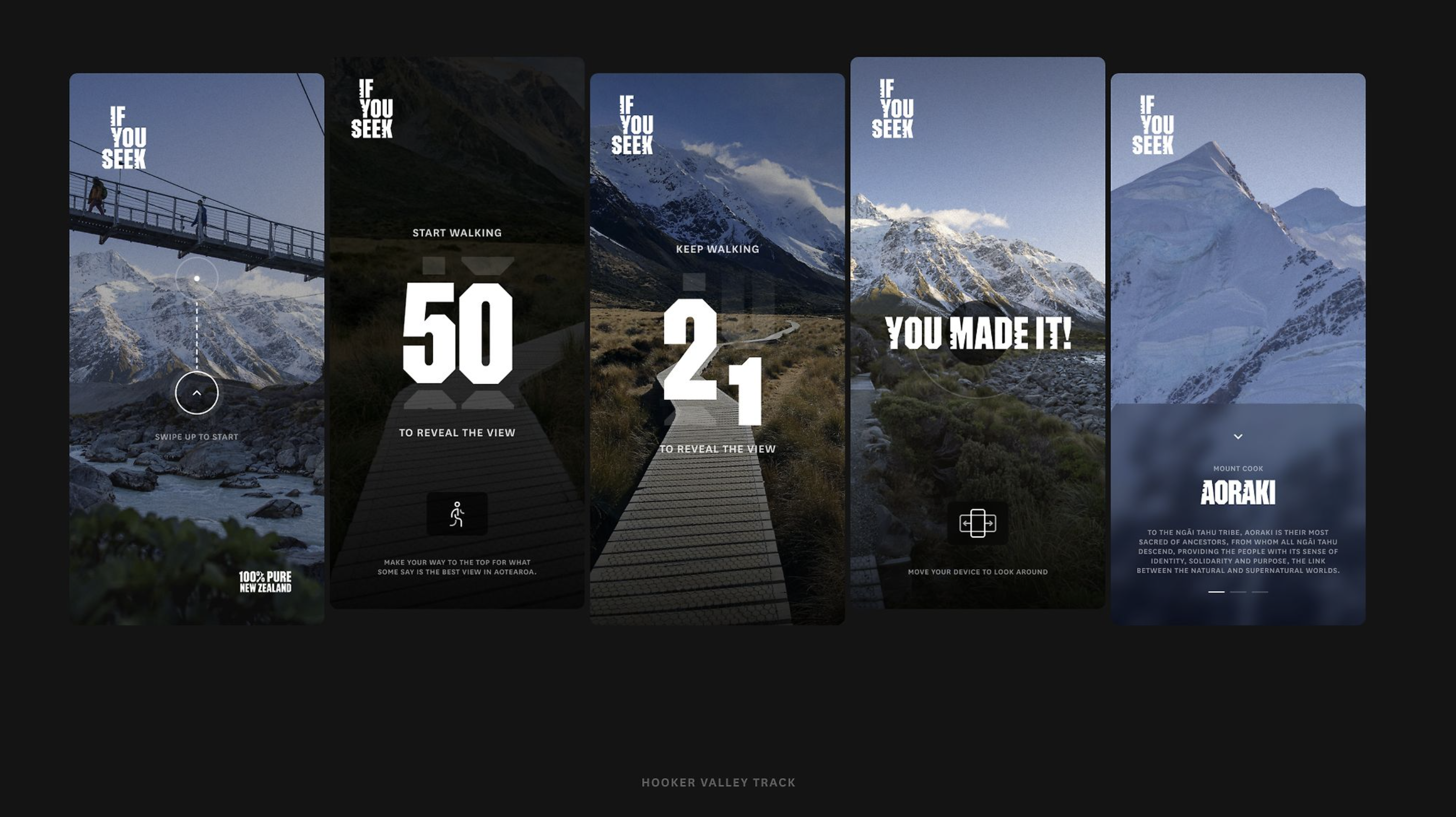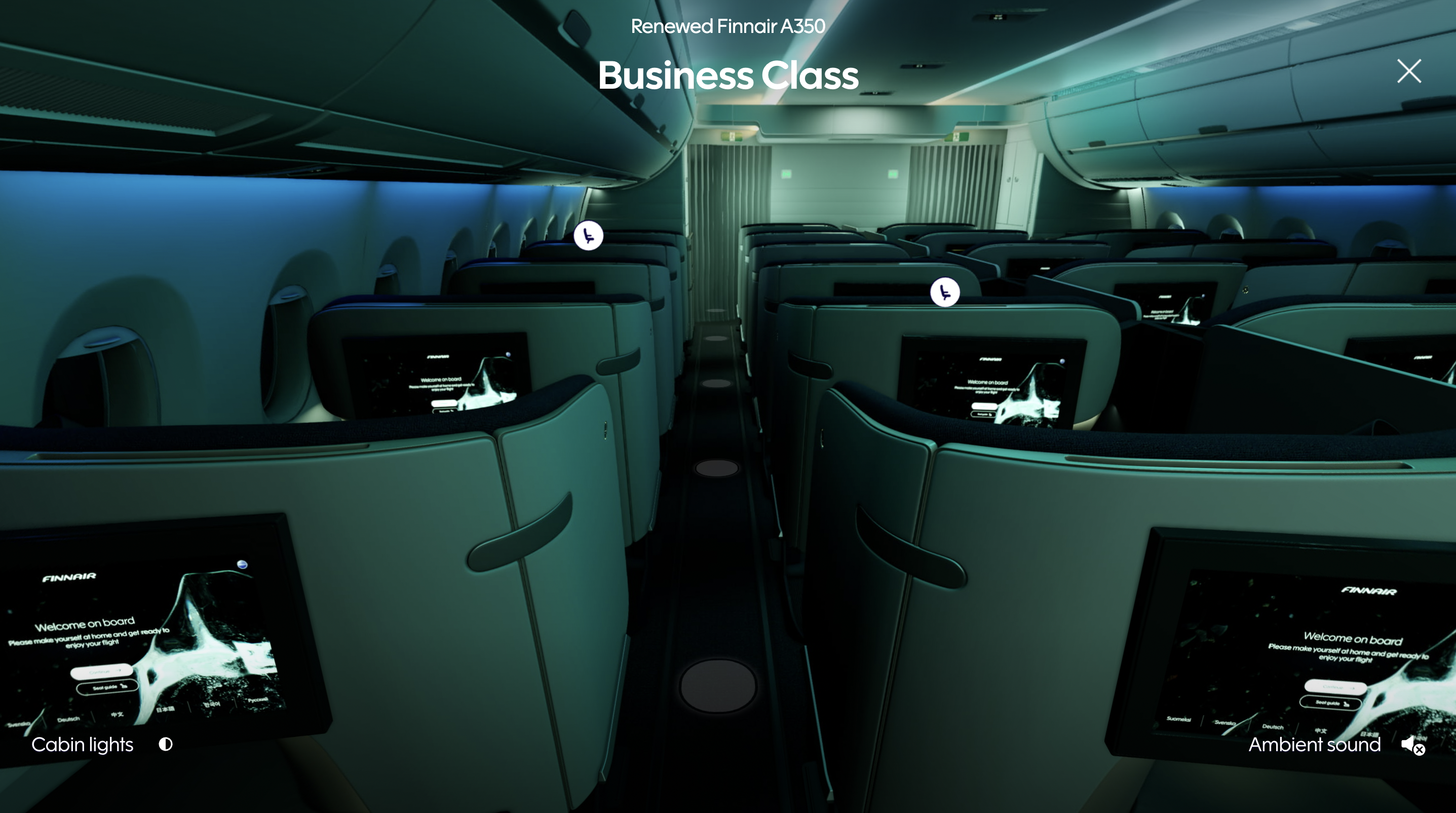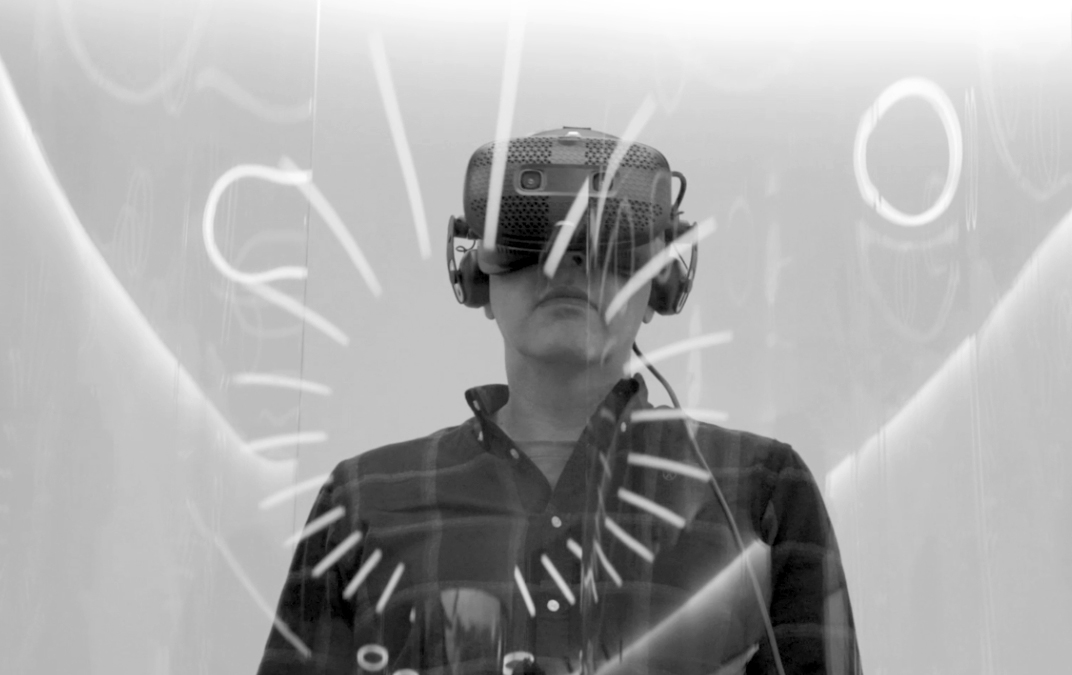A Summer of Experiences
- Date
- Written by Fernando Alonso-Cortés
As we approach the summer season—a time when much of the population chooses to switch off and enjoy an extended break—it’s the perfect moment to reflect on the growing importance of Customer Experience in the tourism sector. A sector that, as we know, is vital to our country, now accounting for over 15% of the GDP.
But tourism is not only a cornerstone of our economy. From a social perspective, it’s deeply woven into our Mediterranean culture—which is why most of us can relate (as customers, at some point) to the trends we’ve been observing and that we’ll explore in this piece.
Traditionally, the tourism sector has revolved around the Offer—destinations and their appeal, transportation options and their convenience, accommodation and service quality, complementary activities and their variety and availability. Industry players focused their value proposition on the unique features of their product, promoting them to both domestic and international audiences through traditional commercial channels—and more recently, through emerging ones.
However, in recent years, the tourism industry has undergone a radical transformation, shifting its center of gravity—like many other industries—towards the customer, the traveler, and the experience they live.
From Controlling the Offer to the Era of the Traveler as Protagonist
Decades ago, the holidaymaker’s experience was shaped by what tour operators or service providers—such as transport or accommodation—had to offer. Information was limited, and commercial channels were either well integrated or fairly controlled.
As a result, customer expectations when planning and enjoying their holidays were relatively modest—making it easier not only to meet them, but often to exceed them.
Today’s traveler is over-informed from multiple angles and brings with them a much richer travel background—making them feel more empowered than ever. As a result, their threshold for satisfaction has risen significantly… along with their impatience.
From the brochure and the smile to the Experience
This paradigm shift has brought the concept of Customer Experience to the forefront—and with it, the need to approach it in a fully integrated way. What used to be resolved with a well-designed, competitively priced catalogue of travel packages, or with a warm smile and friendly service at key moments (like hotel check-in), now demands a holistic, multidimensional perspective across the entire journey. Tourist Journey—that is, before, during, and after the holiday.
It’s important to recognize that the Traveler Experience is no longer limited to what happens at the destination: it begins well before the trip and continues long after. In this evolution, the Tourist Journey becomes the new playing field for delivering value in the industry.
Keys to the New Tourist Journey
Having identified the landscape where meaningful traveler experiences are shaped, let’s highlight some key factors that influence the overall journey. We’ll also explore a few examples of innovative best practices that are setting new standards in the field.
1. Inspiration and search (pre-trip phase):
ChatGPT Plus This is where it all begins. The customer takes the first step—exploring, discovering, researching, and comparing before making a decision. Today, content—especially that generated by other travelers, such as reviews—often holds more credibility than any brochure. Tourism brands need to show up with content that is engaging, accessible, and authentic—ideally interactive, allowing users to search and discover at their own pace. The challenge: to be relevant and compelling even before being considered.
In this initial phase, an experience is shaped that blends the three types of value needed to meet expectations: functional (rational), social, and—above all—emotional.
One standout example is the New Zealand Tourism Board’s “If You Seek” campaign, which not only produced over 1,000 carefully crafted teaser pieces to spark curiosity, but also developed a series of interactive mobile experiences for those willing to dig deeper and explore further.
https://bestawards.co.nz/digital/digital-campaigns/ddb-group-aotearoa-nz/tourism-nz-if-you-seek-1/


2. Booking and Purchase (Decision Phase):
In this phase—following the initial inspiration effort—functionality takes center stage: streamlining the process that turns a decision into a confirmed booking, followed by the purchase of core and complementary services. Transparency, personalization, and above all, ease of use are essential to drive conversion. The key? a seamless phygital experience that takes the customer’s preferences into account and empowers their choices at every step of the process.
A great example is the functionality offered by airlines like Emirates, Singapore Airlines, or Finnair, which allows customers to preview their potential seat through virtual tours and 3D models. From the comfort of their own device, travelers can explore the actual space and view from each seat across different classes—even simulating the various ambient lighting modes available in the cabin.
Singapore Airlines adding online 3D seat maps

3. Trip Preparation (Planning Phase):
At this stage, the traveler is emotionally engaged—perhaps even excited. Pre-trip messages and alerts, useful and up-to-date information (weather, transfers, available activities), and small anticipatory gestures (like a personalized local recommendation) help build a deeper connection. The key? to accompany, not just confirm. The bonus for winning the customer? Proactivity—being able to anticipate their needs before they ask.
Flying the flag for homegrown innovation, we’re particularly impressed by the value delivered by Spanish startup Smartvel. The company enriches the customer journey by providing tourism players—airlines, hotels, tourism boards—with dynamic, up-to-date layers of informational content, along with destination activity planning tools that can be seamlessly integrated into their native platforms.

4. Travel and Stay (Trip Phase):
The true moment of truth—the litmus test. This is where all expectations converge and are measured against the actual experiences that shape the journey. It’s a phase where functional value still matters, but social and especially emotional value take center stage.
The customer wants to feel unique, special—not just another face in the crowd. Interactions should be smooth and solution-oriented, but above all, designed from the customer’s point of view. The key: smart, social, and above all empathetic hospitality that leaves a lasting impression.
In this phase, we’re especially drawn to examples like the apps offered by several cruise lines—take MSC and its MSC for Me, for instance. The app allows guests to navigate the ship using maps and geolocation, book shore excursions, reserve onboard activities, shows, or restaurants, and even locate and chat with family and friends—among many other features.
5. Shared Memory (Post-Trip Phase):
In this final phase, loyalty takes root—through actions such as gathering and channeling feedback on the experience, thanking travelers for their trust, or rewarding future consideration (with discounts, exclusive content, or other benefits tied to loyalty programs). It’s also the moment to encourage and enable word-of-mouth and social recommendation. The challenge? turning a memorable experience into a lasting relationship.
For example: Marriott Bonvoy sends a brief post-stay survey through its app or via email, using conditional logic in its questions. If the experience was positive, guests are invited to leave a public review (on TripAdvisor, Google). If it was negative, the system redirects them to personalized support, initiating a one-on-one conversation.

In summary: Experience as a Strategic Differentiator
In a sector where supply is vast and products can be easily replicated, the experience becomes a true differentiating factor. And that requires consistency, empathy, and adaptability at every stage of the Tourist Journey and across every touchpoint.
Today, designing the holidaymaker’s experience is no longer optional. It’s a strategic imperative for those who want to keep being chosen, remembered, and recommended.

